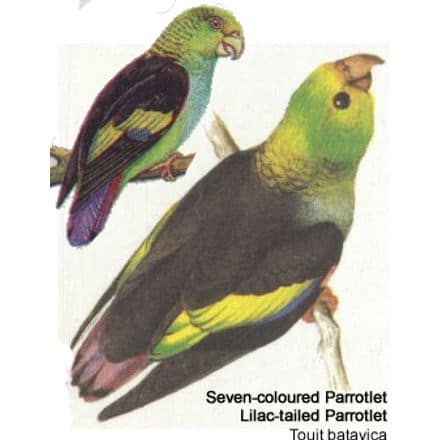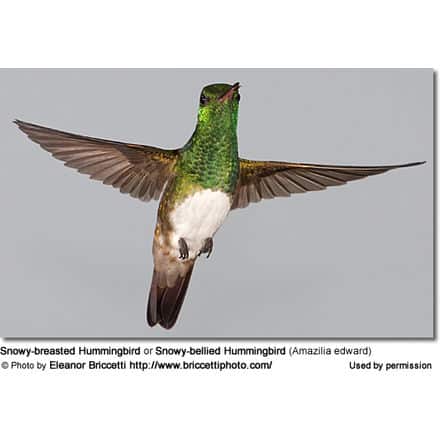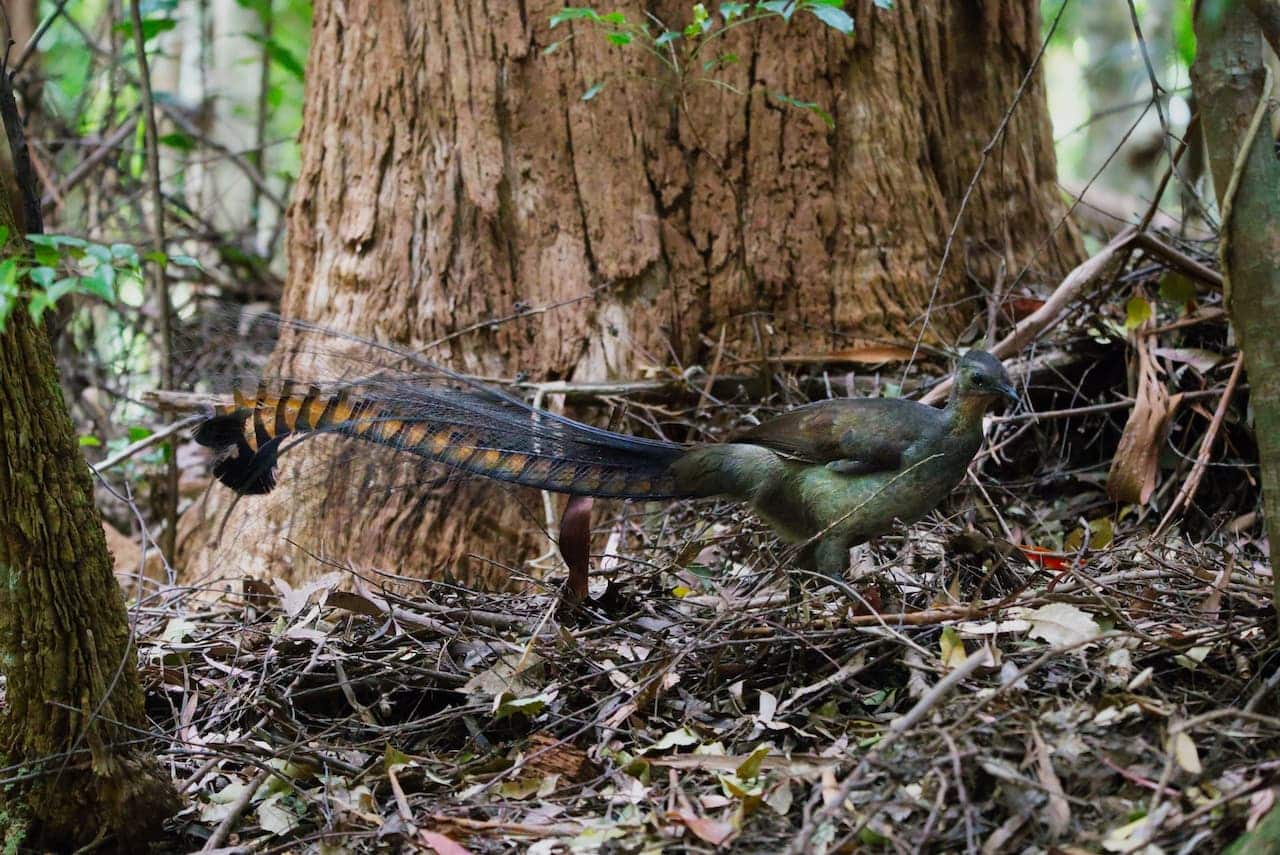Yellow-billed Oxpeckers
The Yellow-billed Oxpeckers, Buphagus africanus, is a passerine bird in the starling and myna family Sturndidae.
Distribution / Range
It is native to the savannah of sub-Saharan Africa from Senegal east to Sudan where they prefer open country. It is least common in the extreme east of its range where it overlaps with the Red-billed Oxpecker, despite always dominating that species when feeding.
Breeding / Nesting
The Yellow-billed Oxpecker nests in tree holes lined with hair plucked from livestock. It lays 2-3 eggs. Outside the breeding season it is are fairly gregarious, forming large, chattery flocks. Non-breeding birds will roost on their host animals at night.
Diet / Feeding
The Yellow-billed Oxpeckers eat insects. Both the English and scientific names arise from this species’ habit of perching on large wild and domesticated mammals such as cattle and eating ticks. An adult will take more than 100 engorged female Boophilus decoloratus ticks, or 13,000 larvae in a day.
This oxpecker will also clean wounds, but its useful parasite control is partially negated by its tendency to keep wounds open or create new ones.
Description
The Yellow-billed Oxpecker is 20 cm long and has plain brown upperparts and head, buff underparts, and a pale rump. The feet are strong. The bill is yellow, tipped red. Its flight is strong and direct.
Song / Vocalization
The call is a hissy crackling krisss, krisss.



